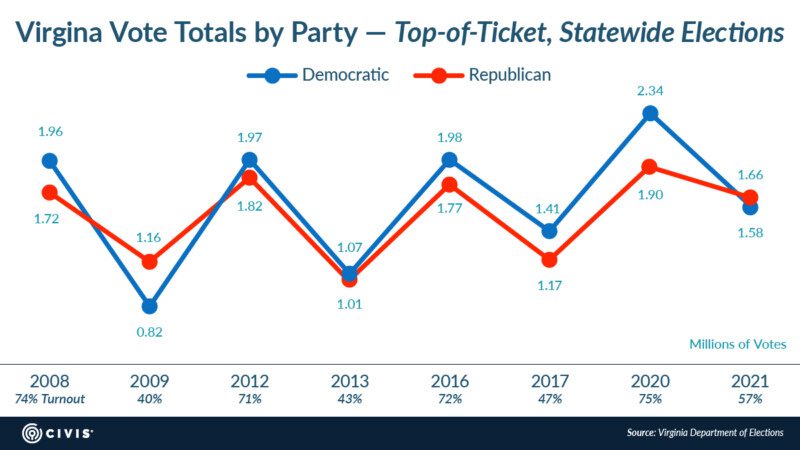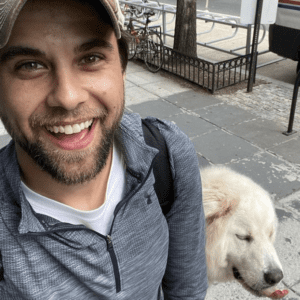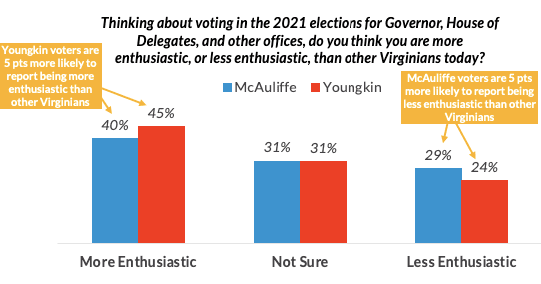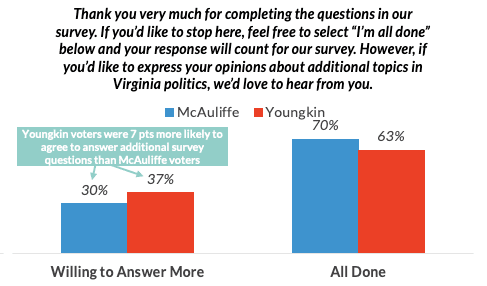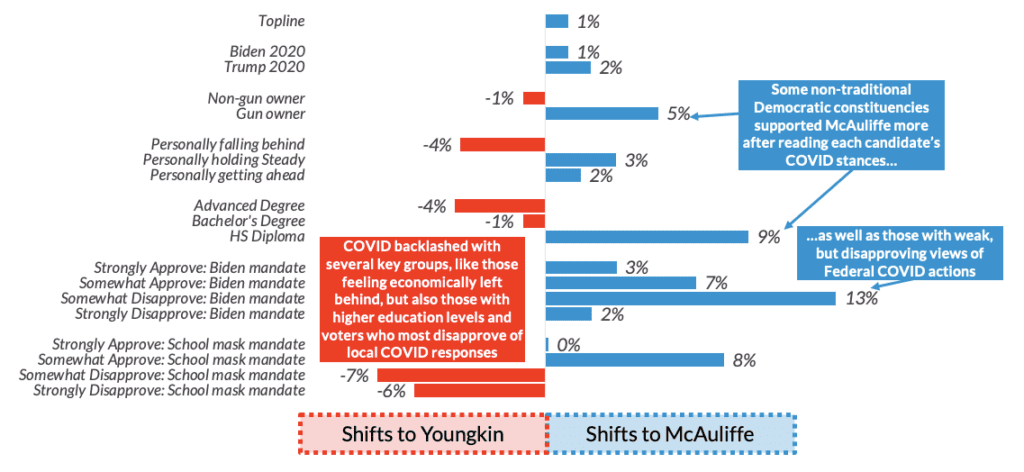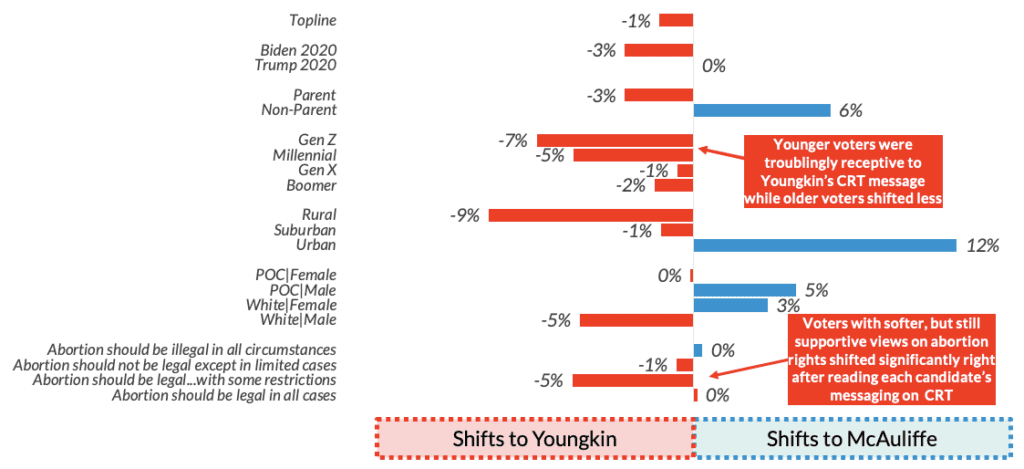Every 39 seconds, a cyberattack is launched somewhere on the web… and your data systems could be the next target. Organizations of all kinds rely on Civis Analytics to serve as scientific and technological stewards of their data — to secure and protect the data entrusted to us. Download this guide to discover how we designed Civis Platform, our cloud-based data science workbench, expressly to safeguard data in compliance with industry-leading confidentiality, integrity, and availability standards
